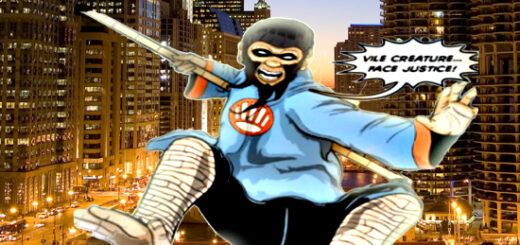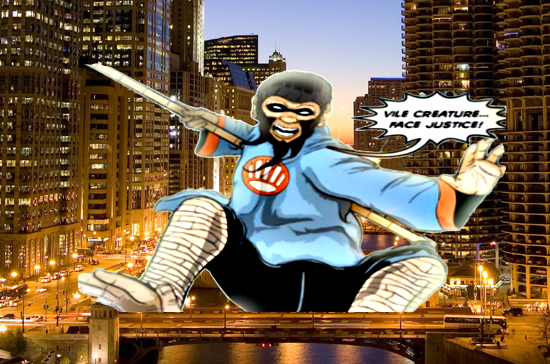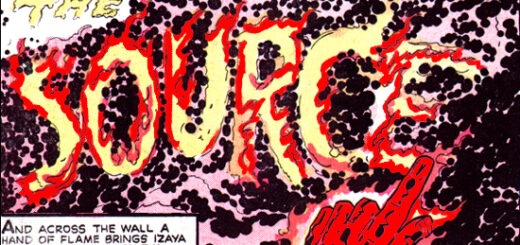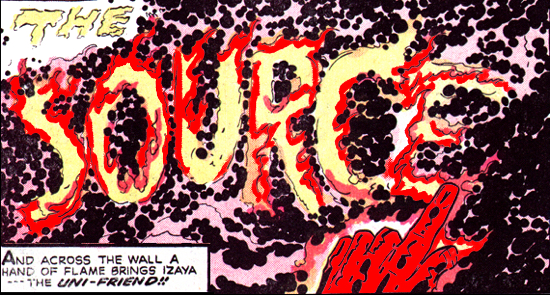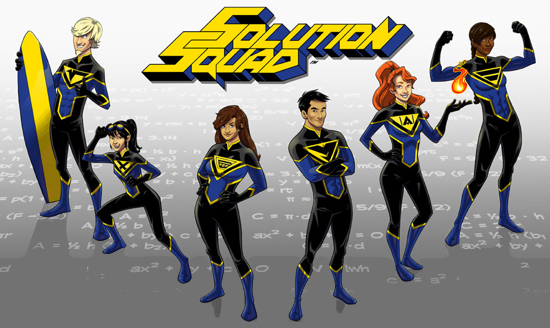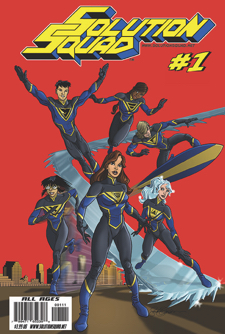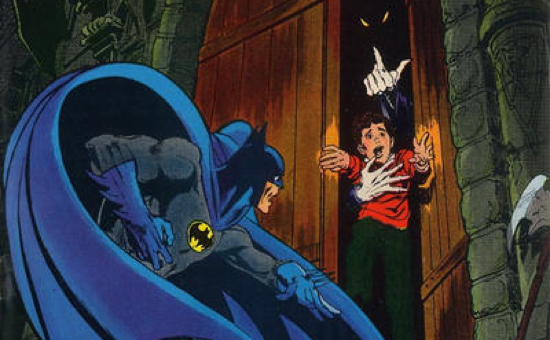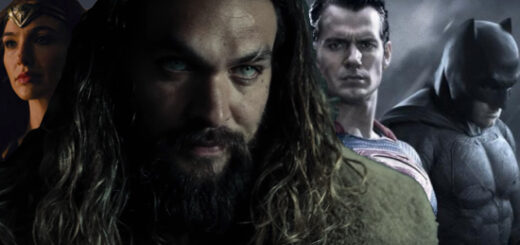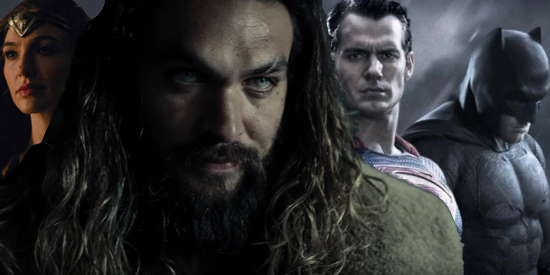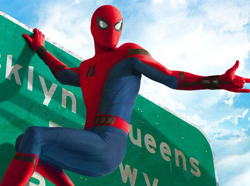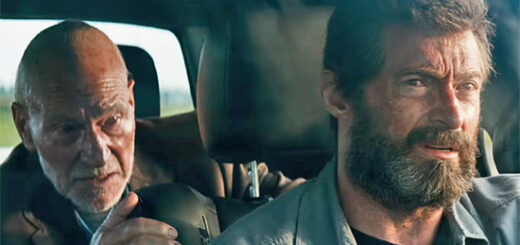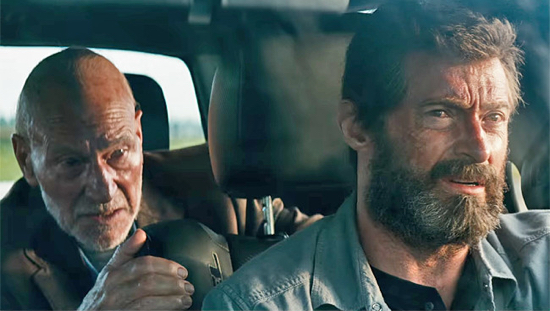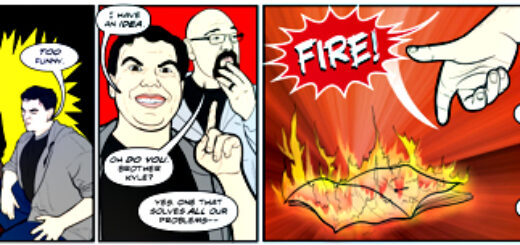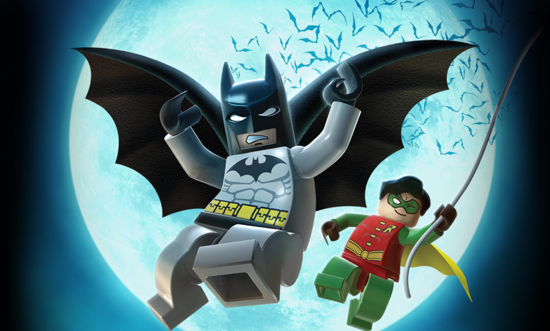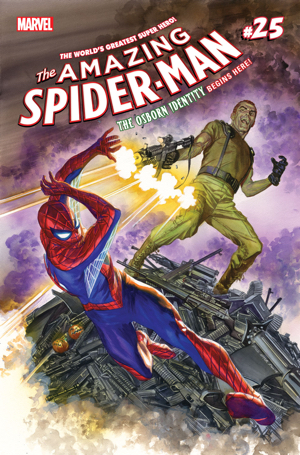Marc Alan Fishman: The Art of the Con
This past weekend saw the eighth annual Chicago Comic and Entertainment Exposition. You likely know it as its Star Wars designate, C2E2. Unshaven Comics, my li’l studio, has never missed this show. It’s always been profitable for us. To get to the nittiest of grits, it fell to the middle of the pack in terms of the serious sales numbers. We’ll get into that minutiae in a bit.
This year marked a very special metric for my wee company: it was the second time in a row where we saw falling book sales and fewer potential customers. This comes in spite of ReedPop – the owners of the con – boasting continually increasing attendance. In the nine-years Unshaven Comics has attended comic conventions, we’ve never seen a disappointment such as this.
So, what gives?
My first fear was that our series, The Samurnauts, was no longer appealing to the glut of pulpy purveyors in attendance. But data shall always set us free. Our closing ratio – the rate at which our cold pitches to new fans turns into a sale – has remained steady. Our lifetime average sits at 40%. C2E2 2017 clocked in at 37%. All in all, that’s well within reason to figure that our book is still of interest to all within earshot. Consider that fear squelched.
The next fear: Attendees are being more frugal. A cursory conversation held with numerous cohorts located in the Artist Alley and/or the vendor area disagreed with that concern. While some said the show remained on par with previous year metrics, just as many boasted increases in their sales. C2E2 usually hits shortly after tax time, so plenty of people walk in with money to burn. Fear two, forgone.
This leaves me in a lurch, as the culprit seems dutifully apparent. It if wasn’t our pitch, nor the pesos in pockets that left us plinking for purchasers… then the blame falls squarely on the specific location from which we tried to cultivate sales.
The layout of a comic con floor could be debated ad nauseam by any number of qualified debaters. ReedPop slices their floor into simple(ish) sections: Exhibitors, Vendors, Small Press, Celebrity Autographs, Artists, and Crafts-folk (“The Block”). To be fair and clear, Wizard World, the only comparably sized menagerie of conventioneering, fields mostly the same sections – save only for smashing together the craftspeople and artists into a single alley.
At this particular show, ReedPop placed the small press folks at the very foot of the con floor. When you entered the show you walked right past us as you made your way into the exhibitor area. Many cohorts in the Artist Alley were instantly jealous of the prime real estate. “You’re right at the front. Everyone will see you!” they exclaimed to us in yellow-bellied jealousy.
Oh, but, the Mephistos in the details, kiddos.
At the beginning of each day, con attendees enter the show floor with the bloodlust and fervor akin to nothing else on this mortal coil. When the torches were lit to allow entrance, a wave of humanity gushed into the hall racing towards the four corners of the massive McCormick Place. Large swaths of nerds sprinted toward the autograph area to queue up. Other groups walked in and immediately bee-lined towards Artist Alley, to secure those autographs. Whoever was left – the groups without Orange Lantern avarice in their immediate milieu – strolled briskly by our row.
“Folks! Can I tell you about our comic book?” Unshaven Kyle would beckon.
“Sorry, we just got here. We really need to see the whole show first!” the masses would reply (mostly kindly, I would note).
By the time we’d see those folks again, it’d be after they’d done exactly as they said. But having taken in the entirety of the show – including all the other areas opposite the exhibitors who sold goods – were simply on their way out, with their arms already full of the days’ haul.
Now, I could write a screed seven articles long as to why Unshaven Comics was… coerced to capitulate toward Small Press instead of our preferred Artist Alley. I could divulge dirty details that would paint ReedPop in a light far less-than-desirable. I could even continue to lay blame on anyone or anything save for Unshaven Comics itself. But, that simply isn’t necessary. As the WWE VP of Talent and Creative might say, it’s not what’s best for business.
The truth of the matter is that Unshaven Comics was not alone in having a less-than-perfect show. Whether it was the specificity of our booth location, or any number of other factors not yet discovered, reality is what it is. We left the show having sold enough product to pay for the print run of books brought. When we tally the cost of parking, food, and the table itself, it’s more than likely the show placed us severely in the red.
What happens from here? Well, we lick our wounds. We crunch the numbers and we match our passion for making comics to the logic of how to best profit in the long run. There’s no pithy conclusion to reach this week, my friends. Just sober numbers, and sober planning going forward.
Stay tuned. The best is yet to con.

